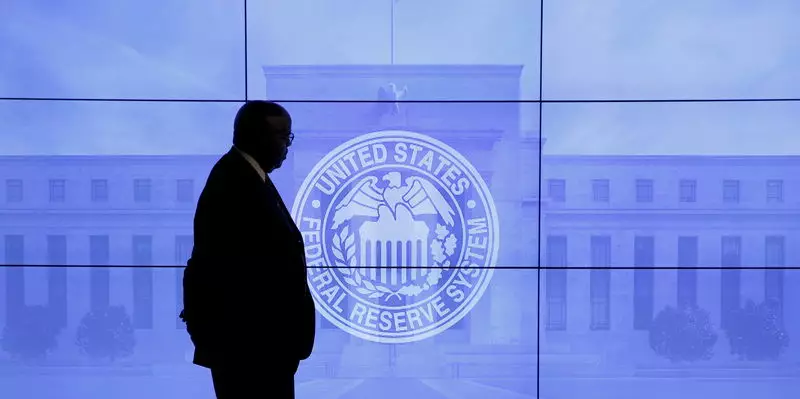During the Federal Open Market Committee (FOMC) meeting in July, Chairman Jerome Powell hinted at the possibility of a rate cut in the near future. While Powell did not provide clear guidance, he suggested that the committee is edging closer to implementing a rate cut, with September being a potential target month. According to insights from Goldman Sachs economists, the likelihood of a rate cut in September seems probable as Powell’s comments indicate that the threshold for such an action is not very high. The Fed Chair highlighted recent changes in the labor market, such as an increase in the unemployment rate, as signs of normalization rather than significant weakening. Powell emphasized that the FOMC is closely monitoring the data and is prepared to act if needed.
Inflation Data and Potential Rate Cuts
Goldman economists anticipate favorable inflation data for July, with projected figures for core CPI and core PCE indicating a positive outcome. They believe that even acceptable inflation news would likely solidify a rate cut in September. Following this, Goldman Sachs economists expect the FOMC to adopt a strategy of cutting rates every other meeting, which translates to a pace of once per quarter. On a separate note, Citi economists emphasized the importance of labor market data in influencing the Fed’s decisions. Powell acknowledged that while inflation is slightly above the target, the upside risks have decreased, and downside risks to the labor market are rising. The Sahm rule, which historically indicates a downturn with a 0.5 percentage point increase in the three-month moving average unemployment rate, was mentioned by Powell as a statistical pattern rather than an economic rule.
FOMC Statement Adjustments
Citi economists pointed out minor adjustments in the FOMC’s statement to reflect the changing economic landscape. The committee acknowledged that the unemployment rate has increased but still remains low, and progress towards achieving 2% inflation was described as making “some further progress.” The most significant update in the statement was the focus on “risks on both sides of its dual mandate,” formalizing the idea that risks to employment and price stability have reached a balance. Citi economists anticipate a rate cut in September, followed by additional cuts in subsequent meetings, with the goal of achieving a terminal rate of 3.25-3.50% by 2025. They also noted that the decline in front-end Treasury yields suggests that the market is nearing the pricing in of the projected rate reductions for the remainder of the year.
The July FOMC meeting provided valuable insights into the committee’s stance on potential rate cuts and the factors influencing their decisions. With inflation data and labor market conditions playing a crucial role, the FOMC remains vigilant and ready to act as needed to support the economy. Market analysts will be closely monitoring future developments to gauge the likelihood of rate cuts and their impact on economic growth and stability.

